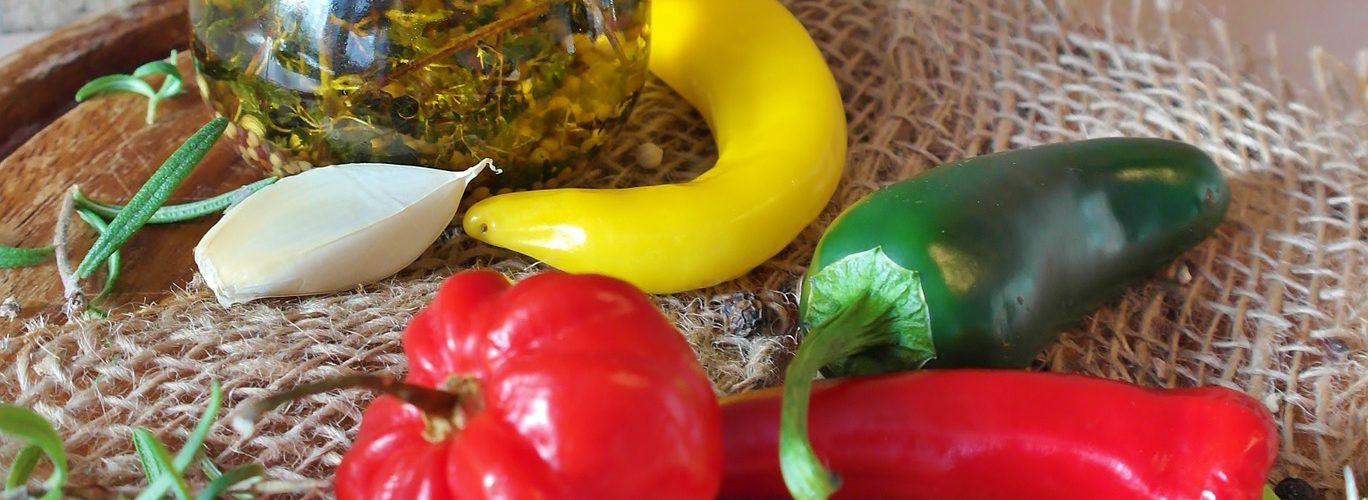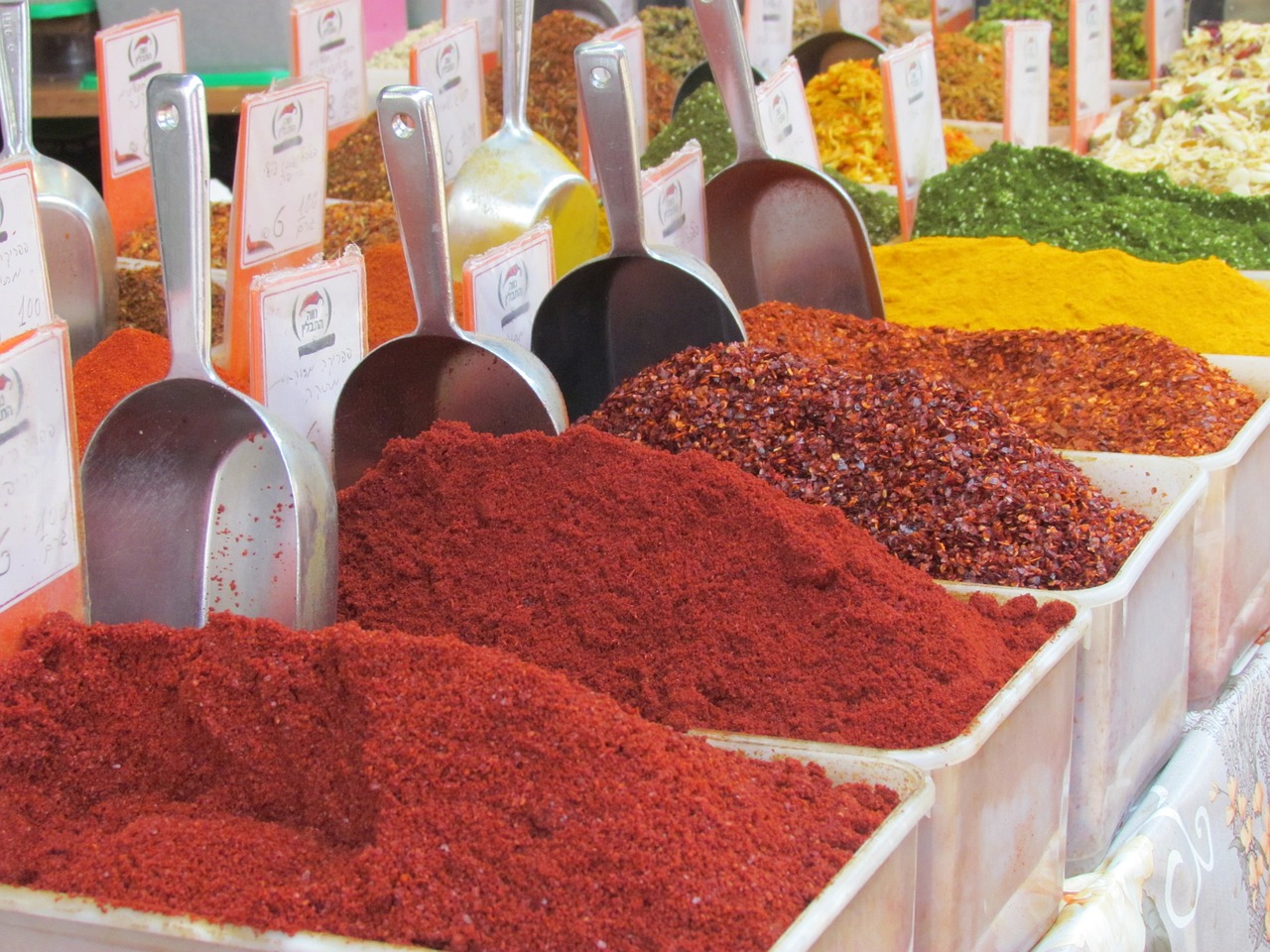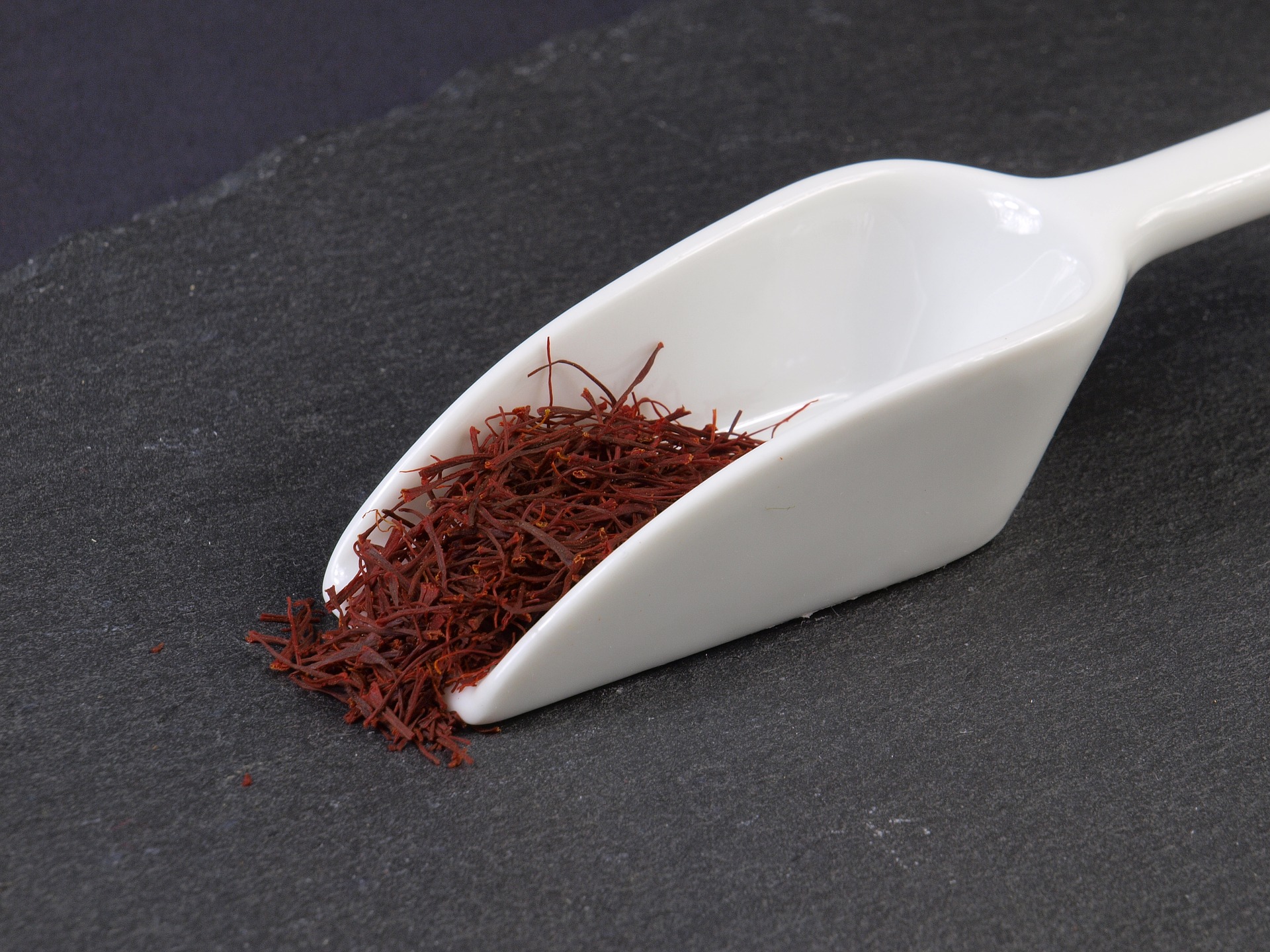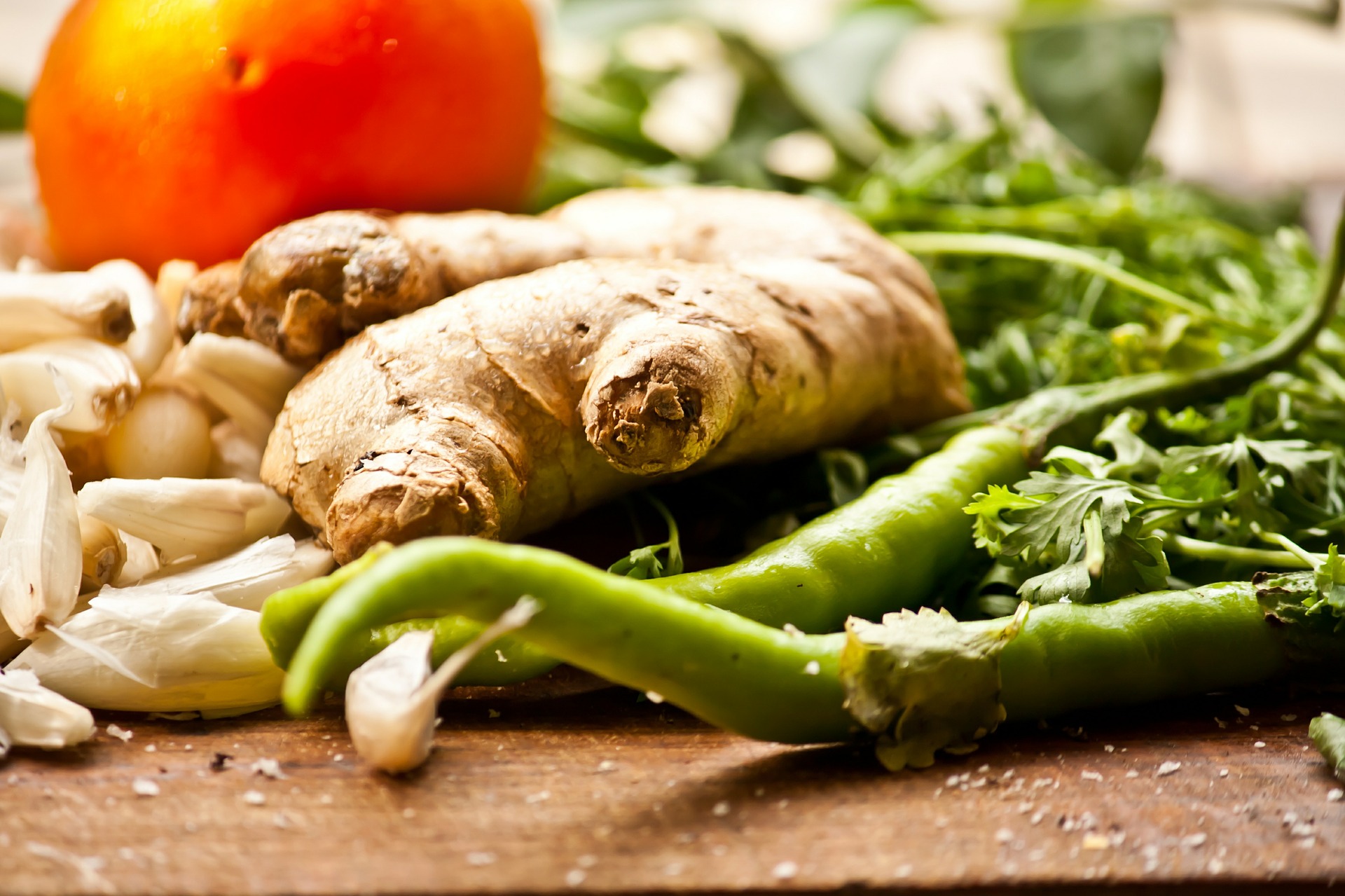When it comes to spicy peppers, do you lean less is more, or hot is not hot enough? Does a hint of spice cause a non-stop cough attack that’s followed by teary eyes and the quick reach for a glass of water? Or do you prefer to douse your food with hot sauce just to experience the sweat beads forming on your forehead and nose while you sniffle with sheer enjoyment? If you prefer the latter, then the idea of a trip to research and discover the spiciest peppers from around the world may be the ideal foodie journey. Let’s explore a few peppers from the United States, Caribbean, Trinidad and India.
United States
Let’s start our adventure in the Southwestern US, where you can find one of the oldest species of the chili pepper. The Chiltepin Chile is the only wild chili native to the US – and is the “Official State Native Pepper of Texas”. The small pepper can be red or green, usually sundried and used in many Tex-Mex dishes – and with a Scoville Heat Unit of 50,000 – 100,000 (8-10 on a scale of 10) – and considering their tiny size, this little pepper packs a heat punch.
Moving to the Southeastern US, you’ll find what is currently the king of spicy, the holder of the crown – the Carolina Reaper. The Carolina Reaper took the Guinness World Record honors in 2013 with a Scoville Heat Unit of 1,569,300 – now that’s HOT! To be clear, the Reaper, grown in South Carolina is developed by Ed Currie, the owner of the PuckerButt Pepper Co and not found in some far-off exotic corner on a remote island. If you’re adventurous and don’t mind spicy beyond spicy, then you may want to add the Reaper to your spicy foodie journey.
Caribbean
While the Scotch Bonnet, a chili pepper known for its resemblance to a tam (hat) – and a Scoville Heat Unit of 100,000–350,000, can be found in Guyana, West Africa and Panama, it is mainly found in the Caribbean. This jewel of a spicy pepper has a bit of sweetness and is often used in the production of many hot sauces and other wonderful dishes in different regions of the world. If you’ve ever indulged in jerk chicken or other Jamaican dishes, then you’ve had the pleasure of experiencing the flavor and spice of scotch bonnet peppers.
Trinidad
For our next stop, we go to Trinidad, an island where you can find a variety of peppers that grow in abundance. For our foodie journey we’ll focus on The 7 Pot Chili, which come in a variety of shapes and colors. This pepper has enough heat to spice up 7 pots of stew. WOW – 7 whole pots, that’s one potent pepper! While The 7 Pot Chili comes in at over 1 Million on the Scoville Heat Unit, don’t fear. This pepper with its fruity and nutty flavor is used in many stews, hot sauces and marinades.
India
For our last stop on today’s foodie journey we’ll go to Southeast Asia. The Bhut Jolokia, or Naga Jolokia is known by its more common name, the Ghost Pepper and is native to India. You may be familiar with the red option, but the chocolate alternative has a wonderful sweet flavor and a deep, rich chocolate color. If you’d like to explore the richness of the chocolate ghost pepper you can seek out curry dishes or even some tasty chutneys. Be warned – the sweet onset does end with a kick as it scores over 1 Million on the Scoville Heat Unit.
So whether you’re a novice when it comes to spice and want to expand your palate – or if you consider yourself a spicy flavor Connoisseur and want to challenge your taste buds – there are many choices. So next time you’re on travel, explore local peppers and let us know what you find.




